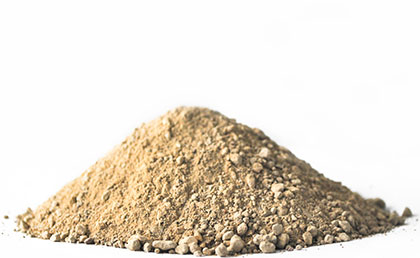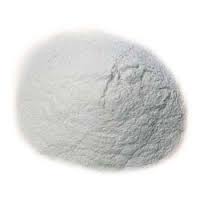In the natural world phosphorous is never encountered in its pure form, but only as phosphates. At room temperature it is a colourless, semi-transparent, soft, waxy solid that glows in the dark. Phosphorus makes up less then 1% of the Earths' crust. However, it is the 11th most abundant element - occurring in almost all volcanic and sedimentary rocks. Phosphorus is use in commercial fertilizers, most of which come from phosphate rock. Phosphorus is necessary to a plantís ability to use and store energy, generated by the process of photosynthesis.
Function of Phosphorus in the Body
All the body cells and tissue contain phosphorus, with 85 percent found in bones and teeth. There - together with calcium - phosphorus provides structure and strength. Phosphorus is a component of DNA, and RNA, and therefore is an essential mineral for growth and repair of body cells and tissues. Phosphorus is a component important role in energy production as components of ATP , the body's energy currency and also acts as a buffer, neutralizing acids to maintain normal pH in the blood.
Phosphorus Deficiency
Phosphorus deficiency may cause bone diseases such as rickets in children and osteomalacia[1] in adults. An improper balance of phosphorus and calcium may cause osteoporosis.
| Signs | Symptoms |
|---|---|
| Difficulty walking | Cravings for sweets and coffee |
| Easily irritated | Diffuse bone pain |
| Muscle weakness | Lower energy levels |
| Joint Swelling | Joint pain and stiffness |
| Anaemia | Fatigue |
| Diffuse bone pain |

|

